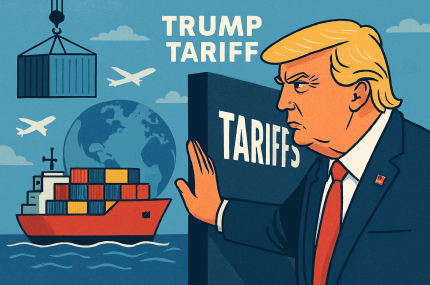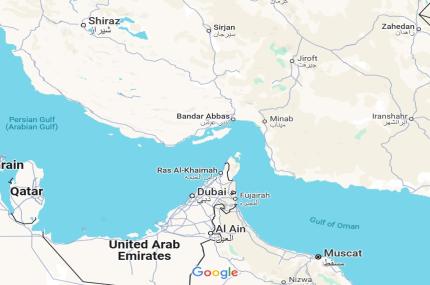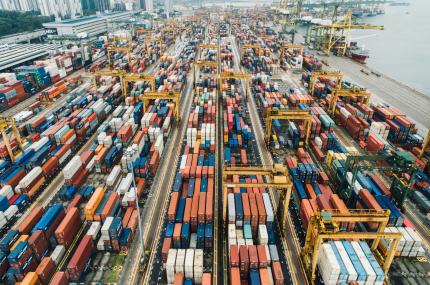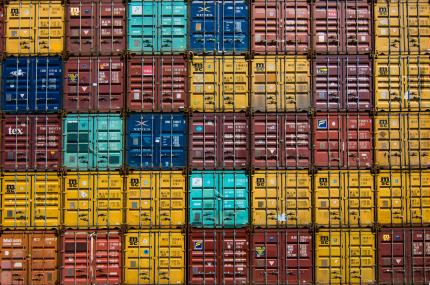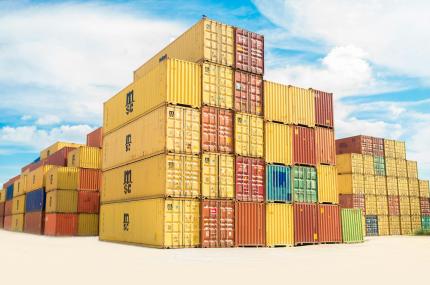Blog Detail
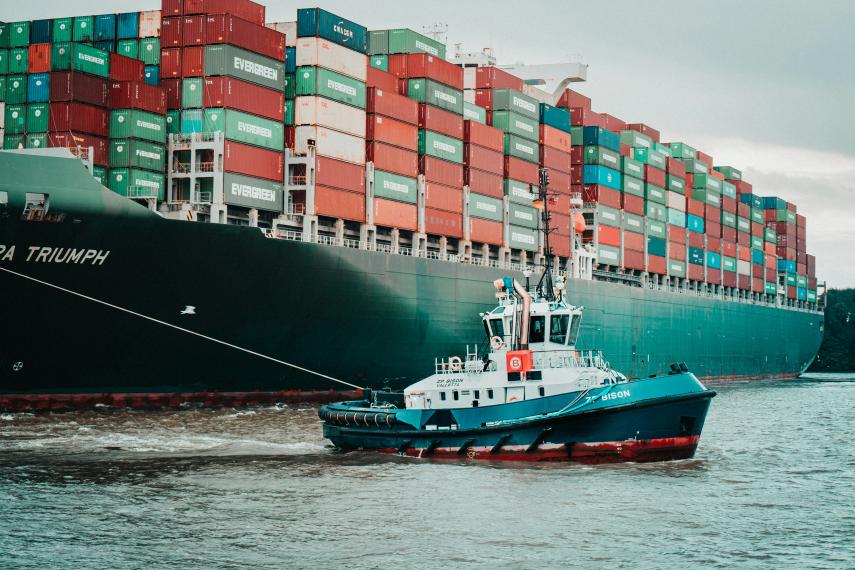
Short history of container shipping
The history of container shipping is a story of innovation that revolutionized global trade, drastically changing how goods move around the world. The concept of containerization—using standardized containers to ship goods—began in the 1950s and transformed logistics with a speed, efficiency, and security never before imagined.
The pivotal moment came in 1956 when Malcolm McLean, an American trucking entrepreneur, launched the Ideal X, the first container ship, from New Jersey to Houston. His idea was straightforward yet groundbreaking: to load cargo into standardized steel containers that could be efficiently transferred between ships, trains, and trucks without unloading and reloading individual items. This approach minimized handling, reduced shipping time, and dramatically lowered costs. By the late 1960s, container shipping had gained global acceptance, and ports worldwide were restructured to accommodate this new mode of transport.
In 1968, the International Organization for Standardization (ISO) set global standards for container sizes, which further facilitated seamless international trade. This standardization allowed containers to be stacked, stored, and shipped in a modular way, making loading and unloading more efficient and reducing costs significantly.
Over the following decades, container shipping continued to grow, becoming a cornerstone of the global economy. By enabling the rapid movement of goods across oceans and continents, container shipping has allowed industries to globalize, with production and consumption spread across vast distances. Today, around 90% of global trade is transported by sea, with container ships carrying everything from electronics to clothing.
This innovation not only redefined shipping logistics but also fostered the modern economy, reshaping global trade networks and making consumer goods accessible worldwide. Container shipping has radically transformed the global economic geography. Containerisation has allowed companies to outsource their manufacturing in far distances and distribute overseas at a lower, safer, and more reliable way compared to the past. Today global containerised trade exceeded over 160 million TEU containers.
